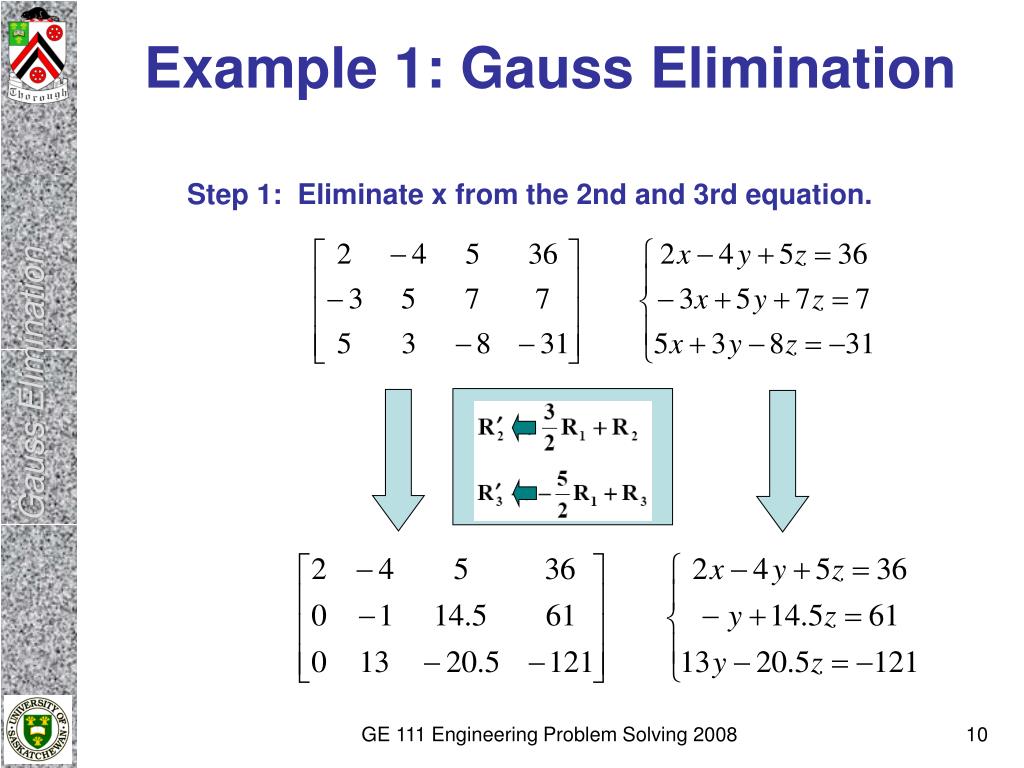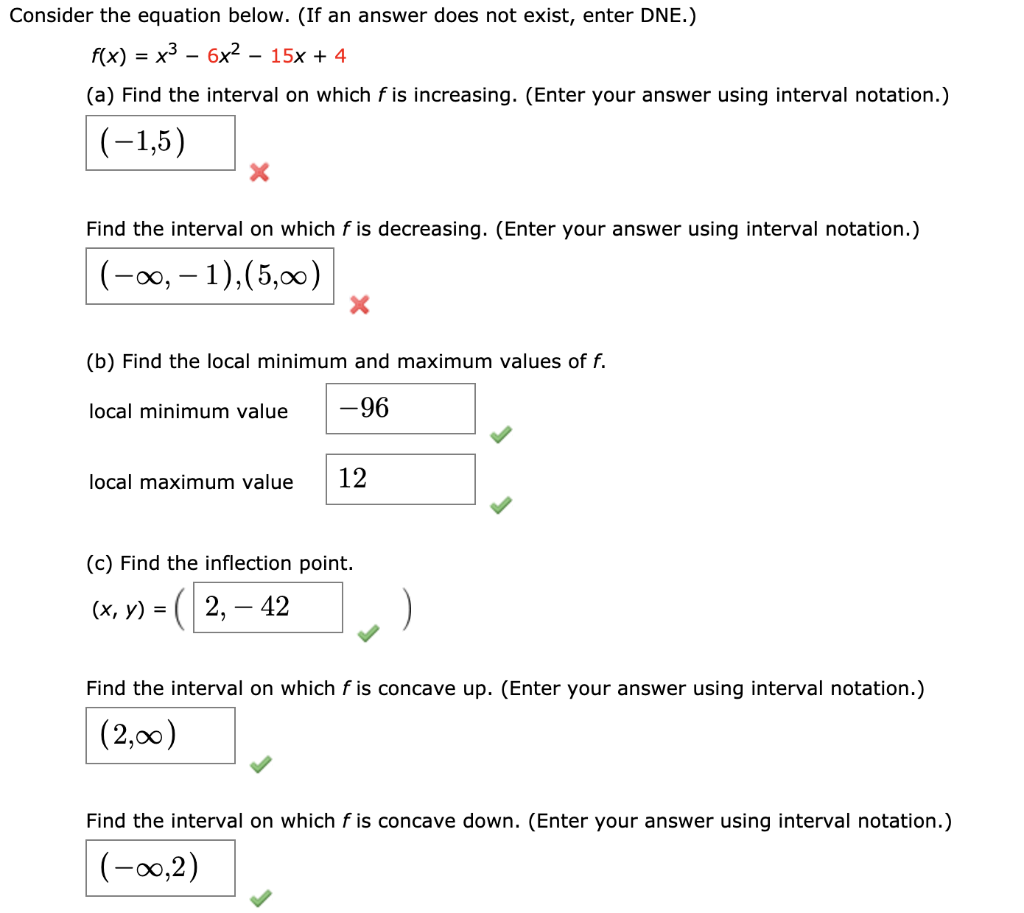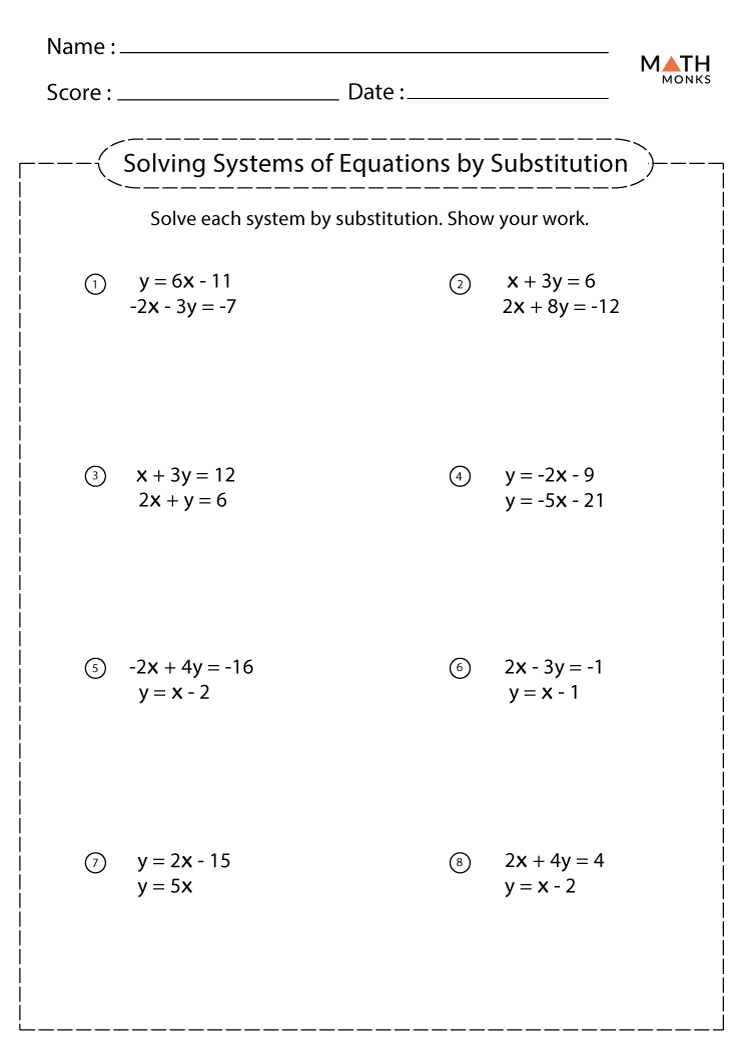Gauss Elimination Method Presentation
| Introduction to Gauss Elimination Method | ||
|---|---|---|
| Gauss elimination method is a numerical technique used to solve systems of linear equations. It was developed by Carl Friedrich Gauss in the early 19th century. This method is widely used in various fields, such as engineering, physics, and computer science. | ||
| 1 | ||
| Steps of Gauss Elimination Method | ||
|---|---|---|
| Step 1: Write the augmented matrix of the system of linear equations. Step 2: Perform row operations to transform the augmented matrix into row-echelon form. Step 3: Back-substitute to find the values of the variables. | ||
| 2 | ||
| Writing Augmented Matrix | ||
|---|---|---|
| The augmented matrix is a matrix that combines the coefficients of the variables and the constants of the equations. Each row of the augmented matrix represents an equation in the system. The last column of the augmented matrix contains the constants of the equations. | ||
| 3 | ||
| Row Operations | ||
|---|---|---|
| In Gauss elimination method, three row operations are commonly used:
- Interchanging two rows.
- Multiplying a row by a non-zero constant.
- Adding or subtracting a multiple of one row from another row. Your second bullet Your third bullet | ||
| 4 | ||
| Row-Echelon Form | ||
|---|---|---|
| Row-echelon form is a special form of the augmented matrix where each leading coefficient (the first non-zero element in each row) is equal to 1. All elements below the leading coefficient are zeros. The leading coefficients form a staircase pattern from left to right. | ||
| 5 | ||
| Example of Row-Echelon Form | ||
|---|---|---|
| Here's an example of a row-echelon form:
1 2 3 | 4
0 1 -1 | 2
0 0 1 | -1 Notice how the leading coefficients are all equal to 1, and the elements below them are zeros. Your third bullet | ||
| 6 | ||
| Back-Substitution | ||
|---|---|---|
| After obtaining the row-echelon form, we can perform back-substitution to find the values of the variables. Start with the last row and solve for the last variable. Substitute the value of the last variable into the second-to-last equation and solve for the second-to-last variable. | ||
| 7 | ||
| Solving the System of Linear Equations | ||
|---|---|---|
| After back-substitution, we have the values of all the variables. We can write the solution as an ordered set of values for each variable. If the system has a unique solution, the Gauss elimination method will find it. | ||
| 8 | ||
| Advantages and Disadvantages | ||
|---|---|---|
| Advantages:
- Gauss elimination method is straightforward and easy to understand.
- It can be easily implemented in computer programs.
- It is widely applicable to various types of systems of linear equations. Disadvantages: - If the system has infinitely many solutions or no solutions, the method may not provide a clear indication. - It can be computationally expensive for large systems with many equations and variables. - The method may suffer from round-off errors when dealing with floating-point arithmetic. Your third bullet |  | |
| 9 | ||






